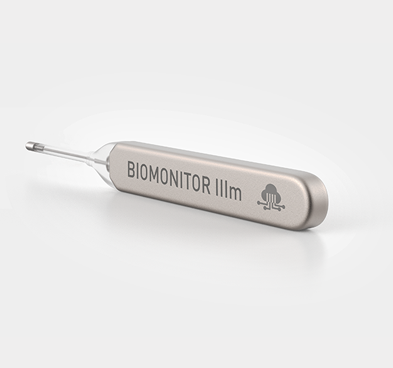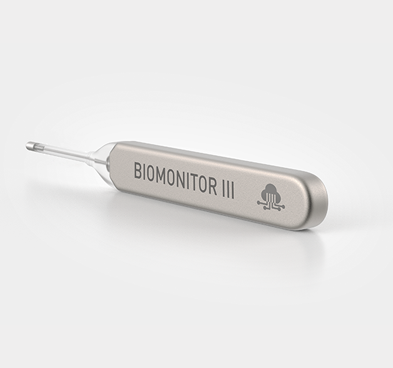Arrhythmia Monitoring
Remote cardiac telemetry was developed to allow home ECG monitoring of patients with suspected cardiac arrhythmias. It was first introduced by the American biophysicist Norman J. Holter (1914–1983) in the 1940s. The original Holter monitor was a 75-lb backpack with a reel-to-reel FM tape recorder, analog patient interface electronics, and large batteries. It could record a single ECG lead for several hours and provided the first opportunity to record and analyze ambulatory ECG data outside a standard hospital or outpatient care setting. The clinical need to monitor outpatients has resulted in advances in technology that now allow us to monitor heart rhythms remotely through a wide variety of devices, including ambulatory external monitors, implantable event recorders, pacemakers, and cardioverter-defibrillators. The rapid expansion of ambulatory monitoring technologies affords the clinician the obvious diagnostic advantage of more comprehensive and real-time data. It also presents the challenge of creating systems to handle and pay for this increased information and the potential liability associated with a continuous data stream. This review focuses on the available technology and factors that guide the choice of monitor. Indications for Monitoring Traditionally, ambulatory monitoring has been used to determine the cause of palpitations and syncope and, to a lesser degree, to identify ventricular ectopy or nonsustained ventricular tachycardia in patients at potential risk for sudden cardiac death. Atrial fibrillation (AF) has become an increasingly important indication for ambulatory monitoring, predominantly as a tool to monitor the efficacy and safety of pharmacological and nonpharmacological therapies. It is also used to identify asymptomatic AF as a potential source of cryptogenic stroke.



